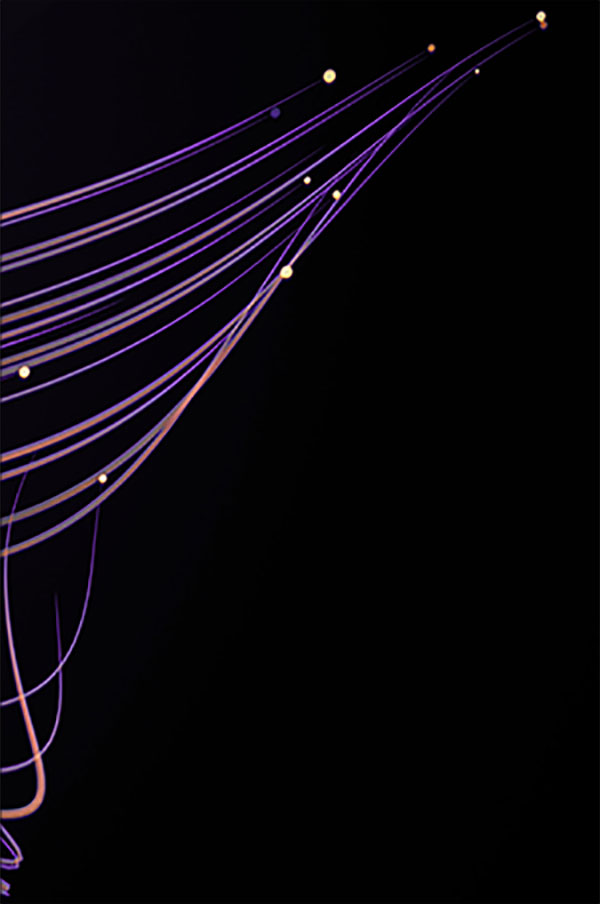

Edge of
Government
2019
Powered
by you





10-12 February 2019
Change
It only happens when brilliant ideas meet decisive action. When innovations become concrete solutions to the challenges we face. From world-defining events to the smallest local initiatives, they all depend on what you decide to do with them. Your energy and commitment make all the difference. You have the power to fuel progress. You have the power to create a better tomorrow.
Tomorrow is powered by you
Download brochure Download OECD report

Experience how cutting-edge digital technology, AI and the commitment of local citizens in Germany and Switzerland improve the allocation of refugees and boost their contributions to the societies they live in.
Powered by you!
CASE STUDIES
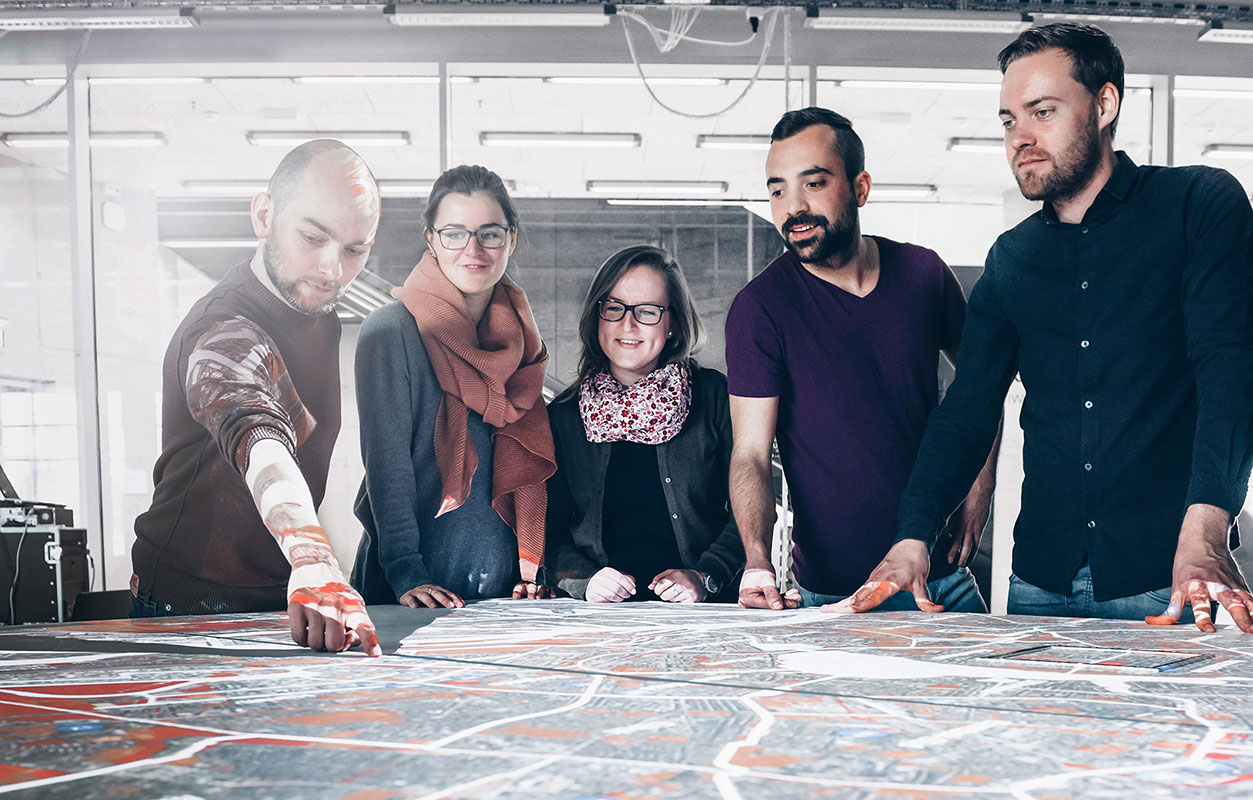

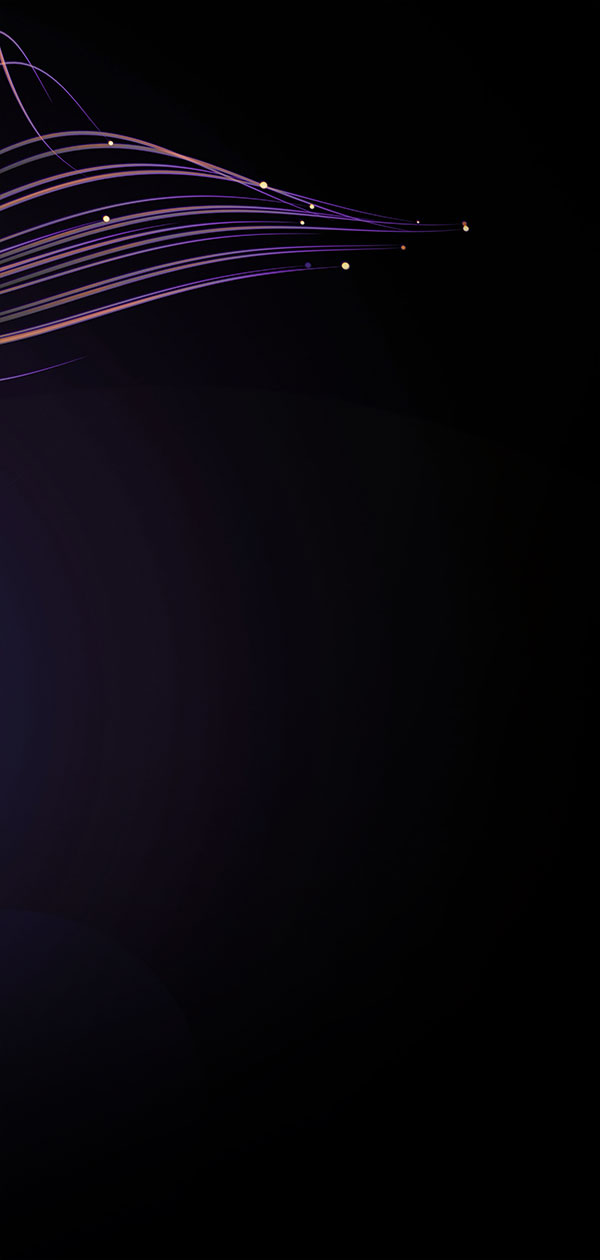
Experience what happens when we use data to improve lives, instead of regarding it as an adversary force and learn how Finland empowers citizens to take back control and use their data to their advantage.
Powered by you!
CASE STUDIES




Learn how the Canadian government leverages behavioural economics, mobile tech and the power of loyalty programs to promote a message of healthy living and public engagement.
Powered by you!
CASE STUDIES
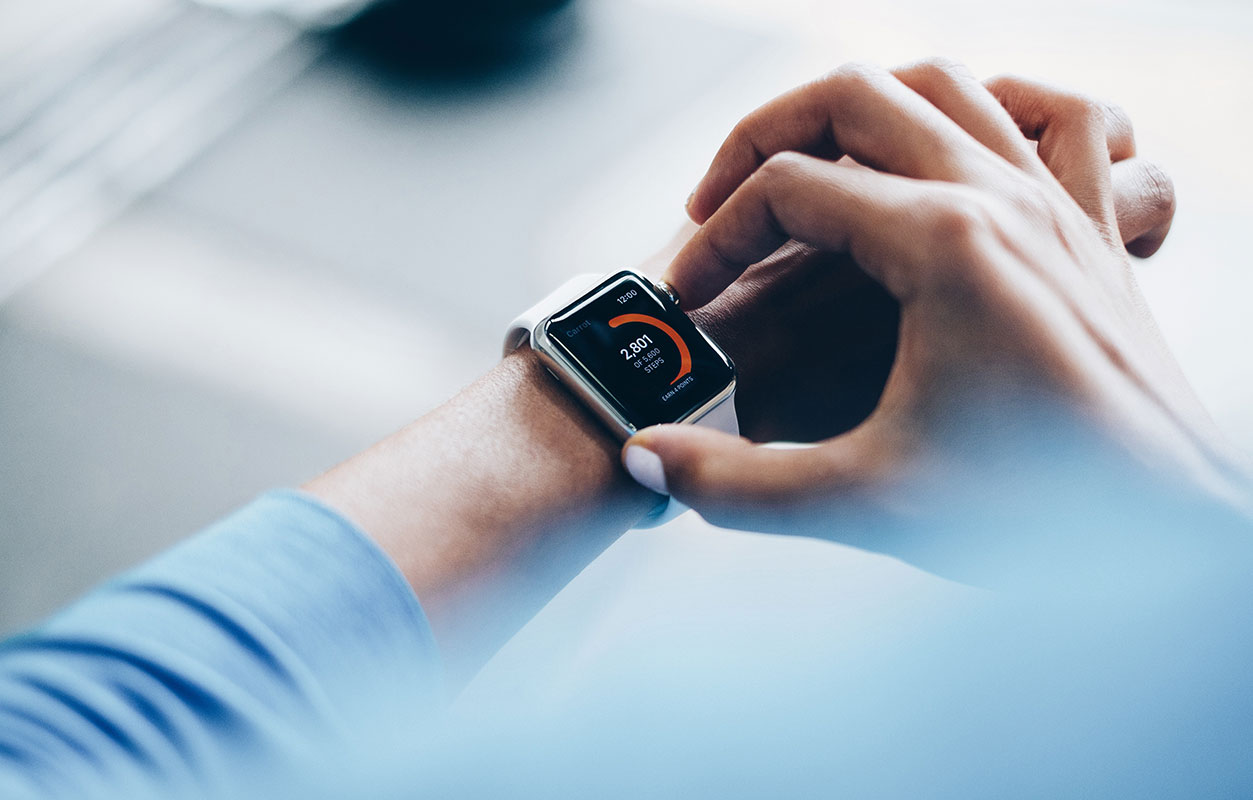
Discover how disruptive ideas in Indonesia, The Netherlands, Pakistan and Singapore spark enormous positive impact on the environment, society and daily quality of life.
Powered by you!
CASE STUDIES
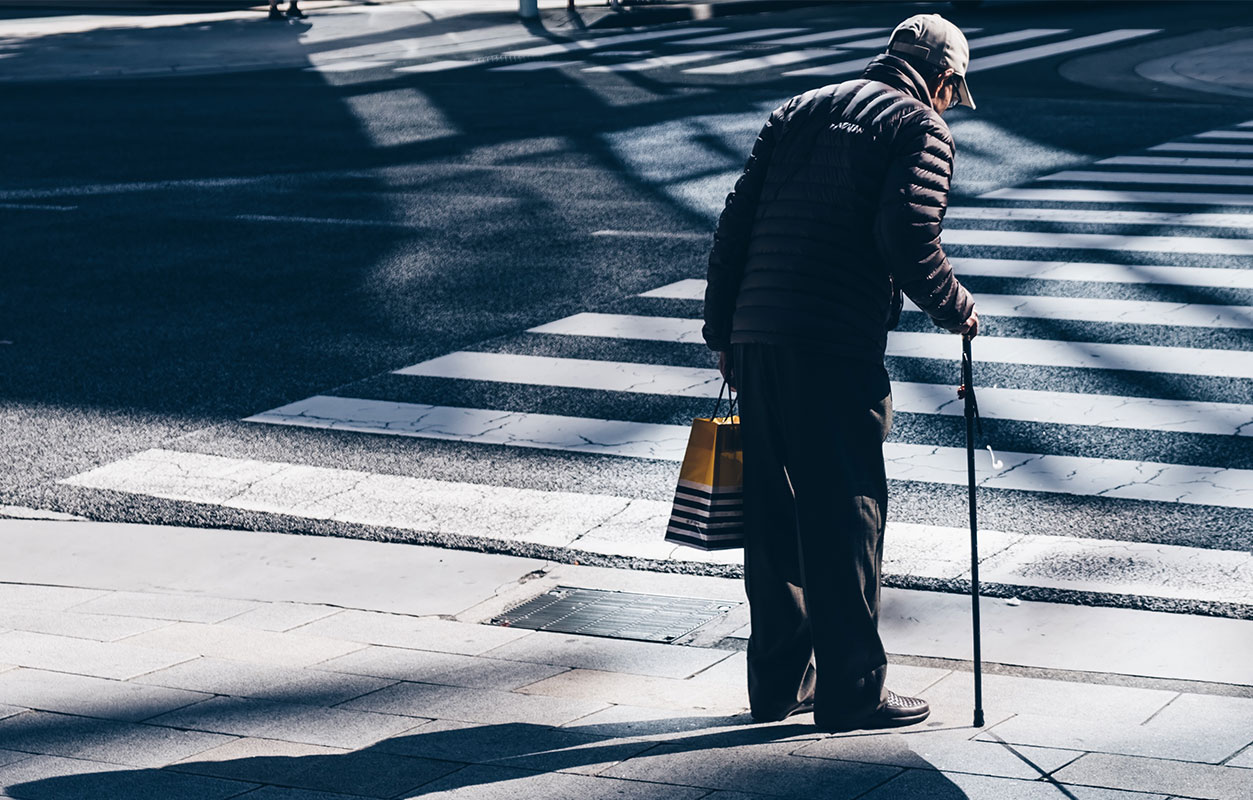
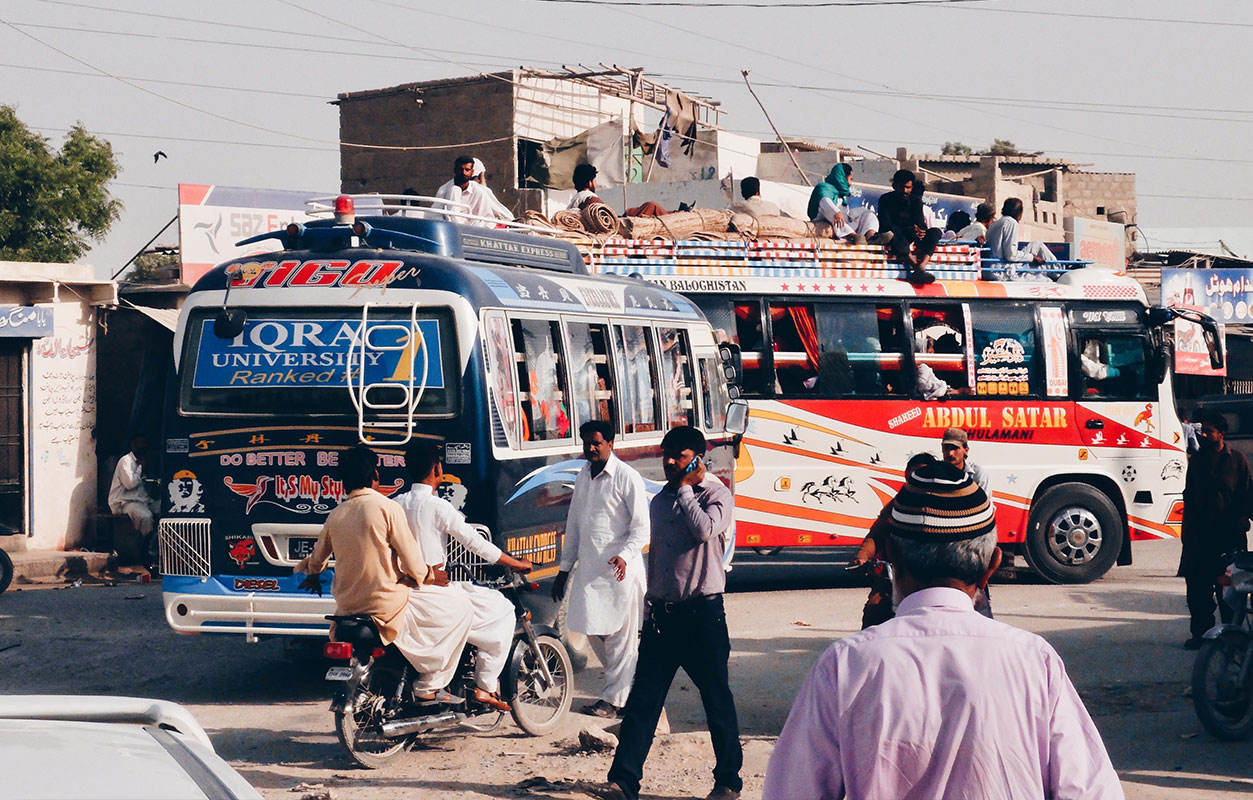
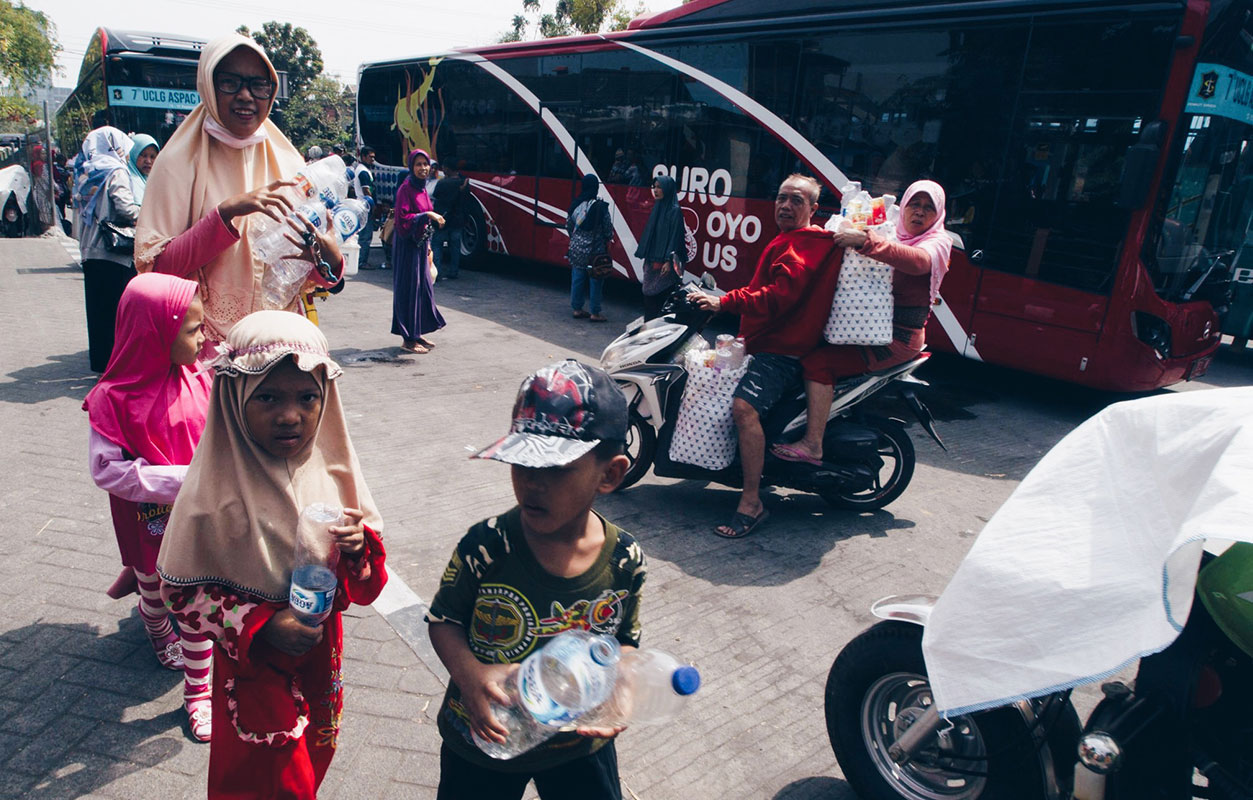
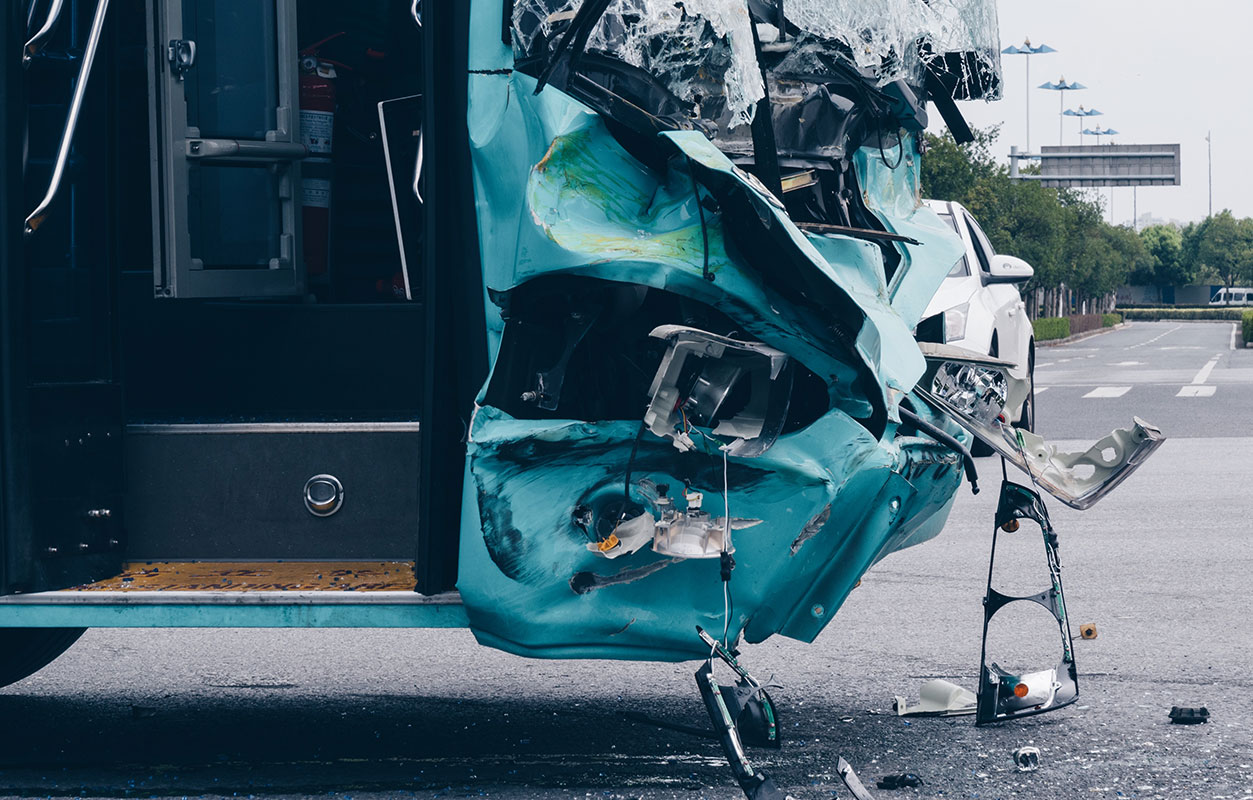


Discover how the Chinese government is adding electricity to plants’ immediate environment to grow more food without exhausting finite resources while meeting the demand for increased food production.
Powered by you!
CASE STUDIES
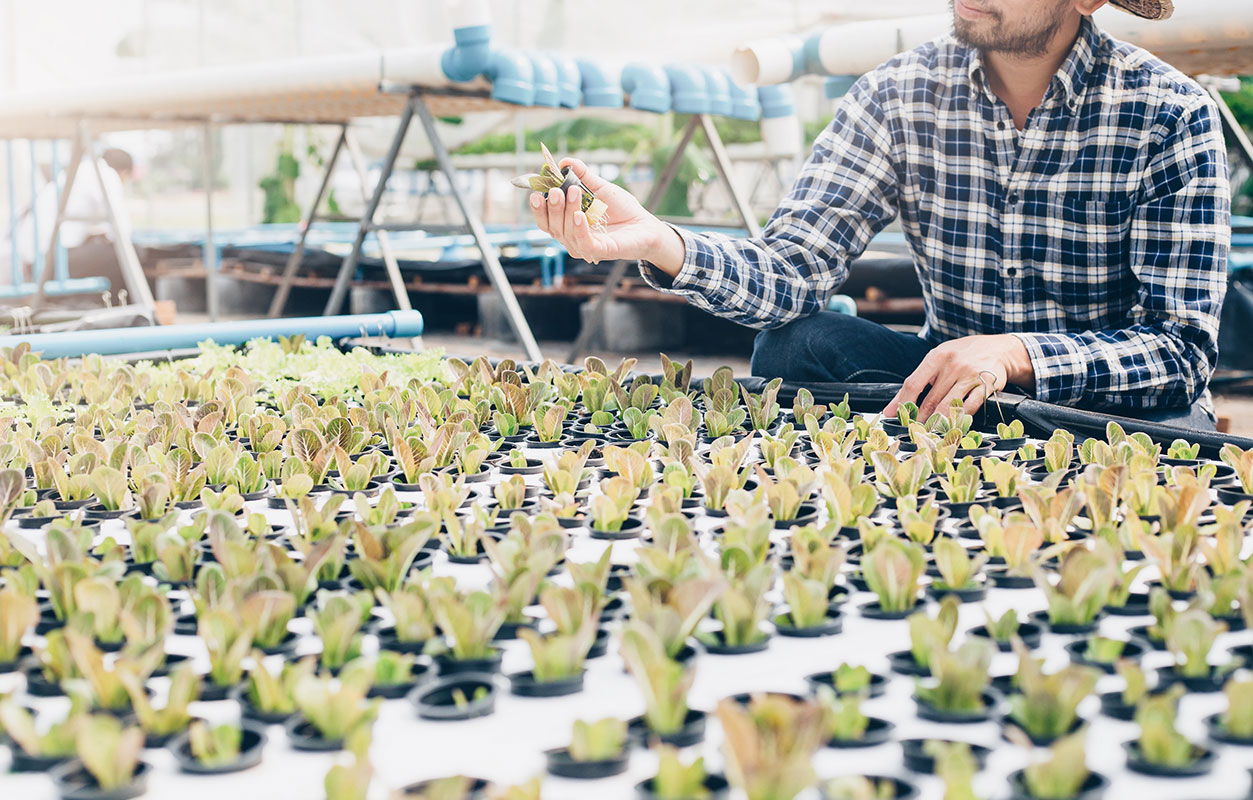
These innovative experiences are carefully selected by the Mohammed Bin Rashid Centre for Government Innovation (MBRCGI) to inspire governments around the world to fuel progress around the world.


Each year the Edge of Government Award is announced at the World Government Summit. The award aims to identify and acknowledge outstanding examples of government innovation from across the globe. It also helps to reinforce the United Arab Emirates’ leading role as a global hub for innovation, especially in the government sector.

The Mohammed Bin Rashid Centre for Government Innovation was established to stimulate and enrich the culture of innovation within the government sector through the development of an integrated innovation framework.
The goal is for innovation to become one of the key pillars of the UAE government in line with the vision of H.H. Sheikh Mohammed Bin Rashid AlMaktoum, UAE Vice President, Prime Minister and Ruler of Dubai, which aims to develop government operations and enhance the UAE’s competitiveness, making the UAE one of the most innovative governments around the world.
Learn moreThe Edge of Government innovation experience challenges visitors to think in new and often counter-intuitive ways about how to solve the most pressing public challenges of our time. The main purpose of the exhibits is to inform, trigger new thinking through an interactive experience, and most importantly inspire visitors to connect with the innovators behind the case studies showcased.
In today’s world of rapid change and technological advancement, government innovation is more important than ever! By embracing experimentation and non-obvious solutions, we develop new ways to impact citizens’ lives and change our world for the better.
The Edge of Government Award will be given away at the World Government Summit in Dubai. It will recognise government innovations from around the world according to specific evaluation criteria: novelty, replicability, and impact. The winner of the Award will be chosen from the exhibits that make up the Edge of Government experience at the Summit.
Evaluation process
Applications for the award will be accepted through an online submission process and will be open to local and federal governments from around the world. The filtering process will be done by the Mohammed Bin Rashid Centre for Government Innovation and a leading research partner. The final evaluation will be done by a distinguished judging panel comprising members of the Mohammed Bin Rashid Centre for Government Innovation International Advisory Board as well as well-known innovation experts from leading international organizations and the private sector.
Three criteria are used to evaluate each case study of government innovation:
1. Novelty: considers how significant a departure from current approaches a new solution is, and the extent to which a government innovation relies on new models, new processes, new technology, and new participants to provide its impact
2. Replicability: involves two distinct dimensions: replicability of the problem being addressed (how wide spread is the problem globally), and replicability of the solution (how practical is it to adapt the solution to other countries and geographies)
3. Impact: considers the scope and severity of the pubic problem being addressed by each government innovation, and the extent to which the created solution has improved the circumstances surrounding the problem in question.
Join us at the Edge of Government Award ceremony and celebrate this year’s best innovations form around the world!

Finding Places
HafenCity University & MIT Media Lab

Today, the world is witnessing the highest number of refugees on record. More than 25 million refugees are trying to find a home abroad. How can decision makers empower citizens to cope with this massive inflow? Finding Places, a project in the city of Hamburg by the HafenCity University in partnership with MIT Media Lab, tackles this global challenge by using cutting-edge technology such as optically-tagged LEGO-bricks, simulation algorithms and augmented reality models to take action to ensure accommodation of refugees. Through a series of discussions and workshops between citizens and decision makers, 161 locations were identified representing potential housing for 24,000 refugees. Finding Places lets you plant a seed for newcomers to become valuable assets within the community.
Contributors & partners:



Immigration Policy Lab
Swiss Secretariat for Migration

Refugees form a challenge for governments. Finding them employment opportunities and integrating them into society to become productive citizens is extremely difficult. How can this outlook be turned around? The Swiss Secretariat for Migration (SEM) overcame this challenge by directing the power of data to locate the best geographical place for a refugee to find relevant employment and community integration. An algorithm determines in which area of a country the individual characteristics, experience and skill-set of a refugee, best fit the specifics of the local labour market. Based on historical data, researchers found that this algorithm boosted the employment rate of refugees by 73% in Switzerland and 41% in the United States. Change only happens when brilliant ideas meet decisive action. This algorithm utilizes advanced analytics to make a real impact on personal lives, and transforms the refugee perspective from helpless to high-demand.
Contributors & partners:

Aurora
Ministry of Finance

4.2 billion internet users worldwide. 5 billion searches a day. 440 trillion gigabytes processed per year. In this sea of data, it’s easy to feel lost. As we progress in the digital age, our online presence is more and more managed by organizations that control our information. But what if there is a way we could reclaim our digital self and take back control? Meet the digital twin, Aurora. Developed by the Ministry of Finance, it allows citizens to take back control over their data and use it to predict important aspects of their lives. For example, the digital twin can advise and predict based on our existing data if our current career is becoming obsolete in the near future and suggests options to a more sustainable employment. With the digital twin, data is not seen as an adversary force that organizations control, but an empowering tool to improve lives in the future.
Contributors & partners:

Carrot Rewards
Public Health Agency of Canada and Carrot Rewards Organization

How to inform a whole population that physical activity is vital for their health? Ask the Canadian government. Within a year, they managed to increase the knowledge of the risks associated with inactivity by 29% and increase physical activity by 34%. How? By introducing the power of nudging. In Canada, healthcare costs were increasing at a rapid rate. Research showed that a 1% reduction in the number of inactive people would yield annual healthcare savings of 2.1 billion dollars. Therefore, the Public Health Agency of Canada decided to use a nudge approach by joining the Carrot Rewards. This initiative rewards the steps citizens take with loyalty points, which they can redeem at places like gas stations or movie theatres. At the same time, it motivates and educates the users on the importance of healthy living. Instead of sending a message top-down at their citizens, this initiative leverages behavioural economics, mobile tech and the power of loyalty programs, resulting in more than 1 million downloads to date. Communicate a message on a nation-wide scale by letting citizens experience it and award them for their efforts.
Contributors & partners:
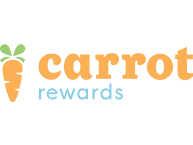

CrossWalk
Dynniq

A city is built out of hundreds of thousands of different inhabitants, all with their own desires and limitations. Is it possible to radically rethink urban design and allow citizens to take control over the city and improve safety? Yearly 1.35 million people die due to road traffic accidents, costing governments on average 3% of their gross domestic products, urging governments to think innovatively to tackle this critical issue. In the Netherlands, the city of Tilburg is implementing this citizen-focused thinking to improve traffic safety in busy urban areas by piloting the CrossWalk. The app uses GPS based intelligent traffic light operating software and sensors to give extra crossing time to elderly or other immobile pedestrians. By making use of smart mobile technology, sparked with a fair touch of empathy, the municipality explores the opportunities of a city that adapts to the needs of its inhabitants. CrossWalk shows that empathy can overpower the idea of a singular urban design by having citizens determine the pace and hack their city routine.
Contributors & partners:
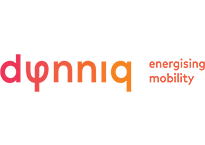


Karachi Sustainable Mobility
Ministry of Climate Change & Asian Development Bank

92% of the world population lives in places where air pollution is beyond safety levels. In the big megacities of the 21st century, a breath of fresh air has become a luxury. Massive urbanisation forces us to critically examine air pollution regulation. What if we could rethink the status quo and use our waste for good? In Pakistan, the city of Karachi pushed forward a bid to freshen its air and cut emissions by introducing buses powered by a surprising new type of fuel: cow poo. Animal waste is converted into biogas and the purified to biomethane so that it can power a bus and at the same time prevent the waste to affect the environment. The cheap, clean bus network will cater for 320,000 passengers daily, reduce planet-warming emissions by 2.6 million tons of carbon dioxide equivalent over 30 years, prevent about 3,200 tons of cow manure entering the ocean daily and will save more than 50,000 gallons of fresh water now used to wash that waste into the bay. Taking into account the current market price for greenhouse gas emissions, this project could potentially generate $57 million from the carbon market. The Karachi project represents the potential that can be achieved by looking at all our waste in a different light. By discouraging private use transportation and cleaning the air with the unclean, this innovation powers a form of urban design that has future-driven written all over it.
Contributors & partners:

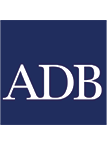


Surabaya City Bus
Surabaya Transport Department

10 million tons of plastic waste ends up in the oceans every year, creating garbage islands and synthetic seas along the way. What if instead of throwing our plastic away, we can let citizens use it to pay for public transportation? In Surabaya, the second-largest city of Indonesia, citizens can now pay for a bus ride with plastic bottles. Data shows that by charging five plastic bottles for a two-hour ride, a single Suroboyo bus collects 7.5 tons of plastic every month. To this day, the Suroboyo bus has collected around 62,000 kilograms of total plastic garbage. This novel way of offering public transportation transforms the whole idea of the simple daily transaction. Not only will the buyer and the seller benefit, but also the environment at large. Through rewarding citizens for responsible behaviour, we steer the world into the right direction one plastic bottle at a time.
Contributors & partners:


The Bus Crash Predictor
NEC Laboratories Singapore (NLS) & SMRT Corporation

For the first time in history, more than half of the world’s population live in cities. Nearly two billion new urban residents are expected within twenty years, creating chaotic new megacities in their path. With this rapidly rising number of people, how do we maintain traffic management and road safety? In Singapore, the government turned to artificial intelligence to predict whether bus drivers are likely to cause an accident. Road performance data and the observations of two data scientists monitoring the bus driver’s behaviour, charges the algorithm that pre-empts accidents and sends drivers on a track to improve their driving skills if needed. As a result, the employee accident frequency rate has dropped to 1.41, which is far below the 2.8 industry average. This technique empowers the undertaking of pre-emptive action, improves government safety and creates a real impact.
Contributors & partners:


Electro Culture
Dalian Environmental Tech.Co.,Ltd

In 2050, the world population is predicted to rise to more than 10 billion. The larger the population, the larger the number of people to feed. With this enormous food production challenge arises the question: is nature capable of coping with this demand? Researchers in China have made a breakthrough that means more food can be grown without exhausting natural resources. It all hinges on the rethinking of nature with the introduction of one simple key component that has baffled scientists for centuries: electricity. The high frequency electricity transports particles, speeds up metabolic activities and kills bacteria and virus-transmitting diseases in the air or soil. Through the program Electro Culture, the technique has boosted vegetable output by 30%, decreased pesticide use by 70% to 100% and reduced fertilizer consumption to more than 20%. With this revolutionary technique, you will literally have the power to fuel progress.
Contributors & partners:
